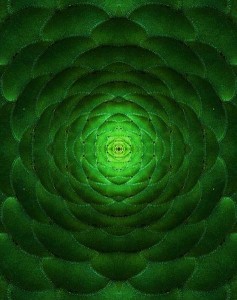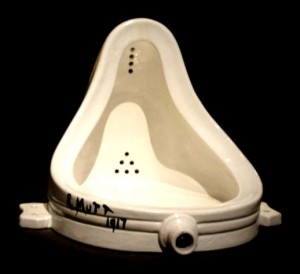Been in dhyana recently? No, I thought not: me neither. If you have, you’re probably on retreat somewhere rather than reading a blog. However, when I raised the subject of dhyana on the Middle Way summer retreat last year, I was quite surprised at how little people knew about it who were regular meditators. It’s a subject worth clarifying. What lies at the heart of it is this question: what sorts of states are we trying to achieve in meditation, and what value do they have?
Dhyana is a Sanskrit word (Pali equivalent being jhana) for a state of meditative absorption, as described in the Buddhist tradition. In fact, there are 8 different levels of dhyana as described in the Buddhist Pali Canon. As far as I’m aware, there is no equivalent description of absorbed states in other meditative traditions (except perhaps Hinduism, which has borrowed from Buddhism in this regard). Buddhism pioneered a vocabulary that we just don’t have anywhere else. It’s a vocabulary that does not seem to be widely known or used yet in the West: we talk about sublimity, rapture etc., but not in nearly as precise a way as the Buddhists have managed.
The idea of ‘meditative absorption’ is itself a shorthand for a state that is, to put it mildly, difficult to describe. In the traditional description of the first level of dhyana, you start off with 5 factors: one-pointed concentration, initial thought, energetic initial thought, sustained thought, rapture and bliss. Then you lose some of these factors as you go into higher dhyanas (or at least they become so subtle that you don’t notice them any more). This description at least gets over some of the main points: that in dhyana, concentration, intention and positive emotion come together and melt together.
How do you know when you’re in dhyana? I don’t think there is any easy way to tell with certainty, but there are some signs that are all a matter of more-or-less. Your experience gains stability – not fixedness, but a lot more continuity. Your body gains a strong sense of balance, with both uprightness and groundedness in equal measure. You’re likely to have a sensation of energy rising in your spine. The object of meditation becomes a very subtle internal version of itself called the nimitta.
It’s a truism of meditation that the point of meditating isn’t to experience dhyana, or indeed to have ‘good meditations’. There’s certainly a danger of meditation turning into a sort of trippy yearning for dhyana – and never getting it. Wanting dhyana too much is probably a good way of losing the balance and groundedness you need to make progress in meditation. However, one can also go too far with this way of talking down the importance of dhyana. There is a sort of ‘effort’ involved in meditation (see the discussion following Meditation 3), which is about maintaining continuity of intention. This continuity of intention needs goals of some sort to relate to, and if we want a specific goal rather than an incremental direction, dhyana is a good goal to have. It is, after all, a genuine and attainable experience, and thus a far more appropriate goal than a remote ideal like enlightenment. The important thing is not to let rumination about such a goal dominate your experience.
It’s also important not to confuse dhyana with metaphysical over-readings of it. It may make you feel that you’ve gone to the gods, or penetrated to the supreme truth: but actually you’re just having an experience. That experience may be unusual and supremely inspiring, but it’s not an insight into the universe itself. That point is underlined by the scientific evidence from biofeedback machines which seems to identify dhyana with high-amplitude alpha waves in the brain. Of course the experience is not to be reduced to a brain-state, but it is dependent on it. Western philosophy and religion, from St Augustine to Schopenhauer, is littered with people who experienced dhyana (or something like it) and thought it was some kind of ultimate ‘truth’. The Buddhist analysis is a very good corrective to such assumptions.
Using the concept of integration, you can describe dhyana as a temporary integration. Energies that were previously divided and in conflict with each other are, for the time being at least, working together. However, this experience of temporary integration is entirely dependent on the conditions of your meditation, and will rapidly change when those conditions change.
For my own part, I think I have only experienced dhyana a few times, usually on retreat. I will close with a poem I wrote more than 25 years ago, which attempts to describe one such experience. You may just not have a clue what I’m on about, in which case that’s OK, or perhaps you may be able to relate the imagery to your own experience of meditative absorption.
A silver tension stills
between the water’s gulf and air above,
holds, as the skin of milk
the fat of fearlessness.
Even a knife’s blade stabbed
into a lake is suddenly enamelled
with shining mother-of-pearl
as the tension stretches,
sure as elastic armour. And my fist
grasped out into the air above runs
bright with the clarity of it.
Standing above, the fear is far
like something vague behind a mirror
while the body lying shell-clear in bare water
basks in the sunlight streaming through.
And the mud has sunk, and the silver burns.
Picture: Knott’s Yantra by Mojonavigator (Stephen Slade Tien) (Wikimedia Commons)


